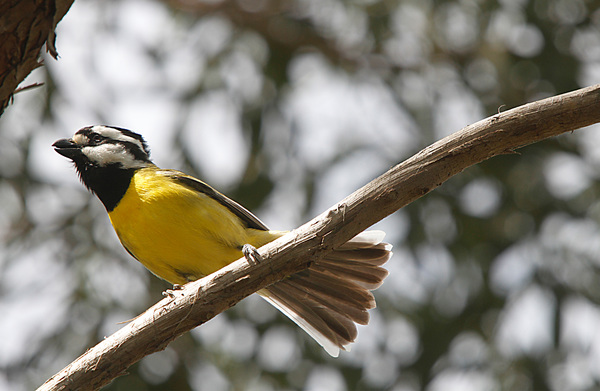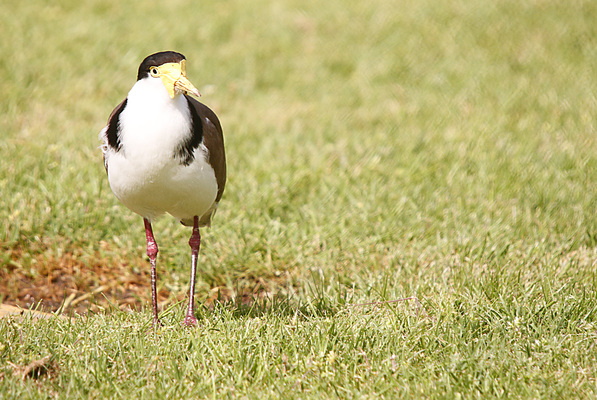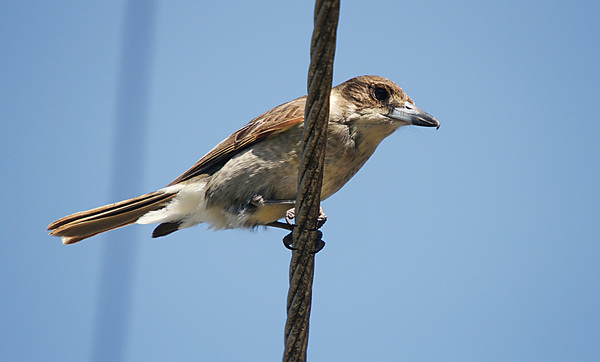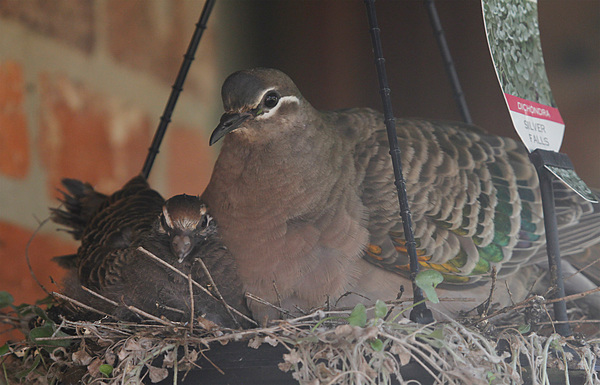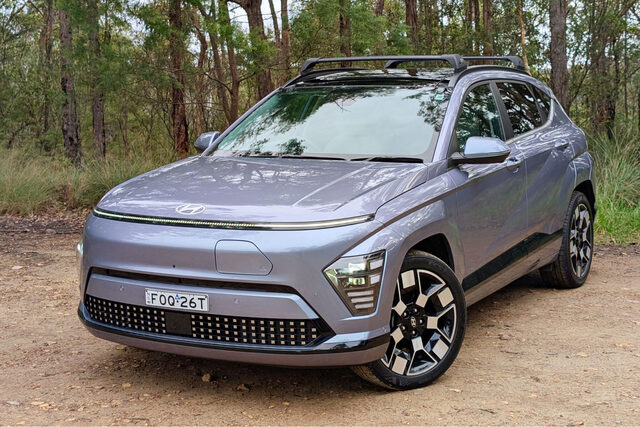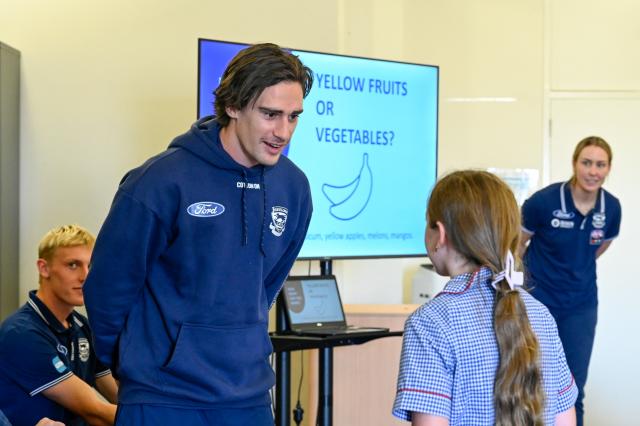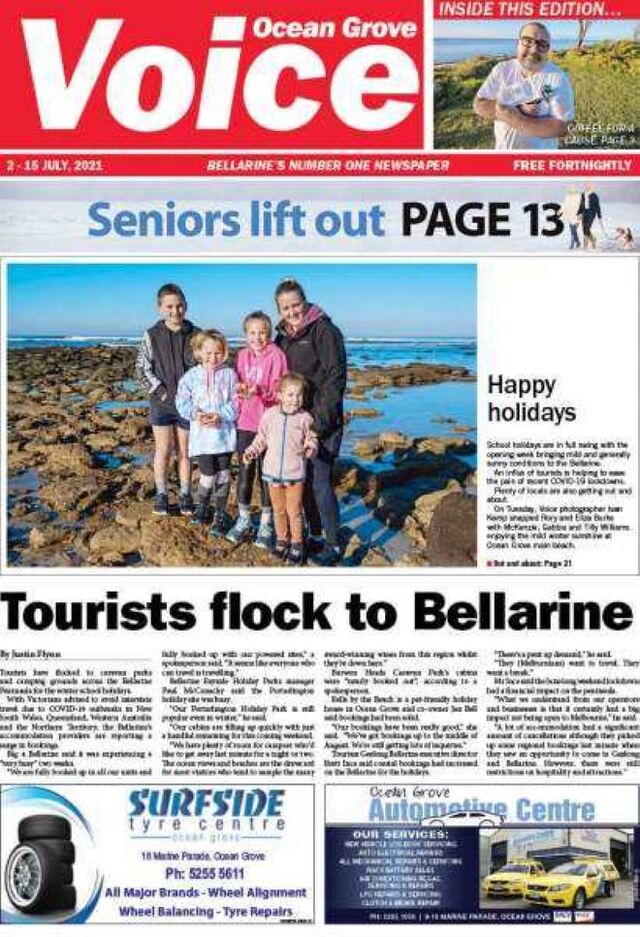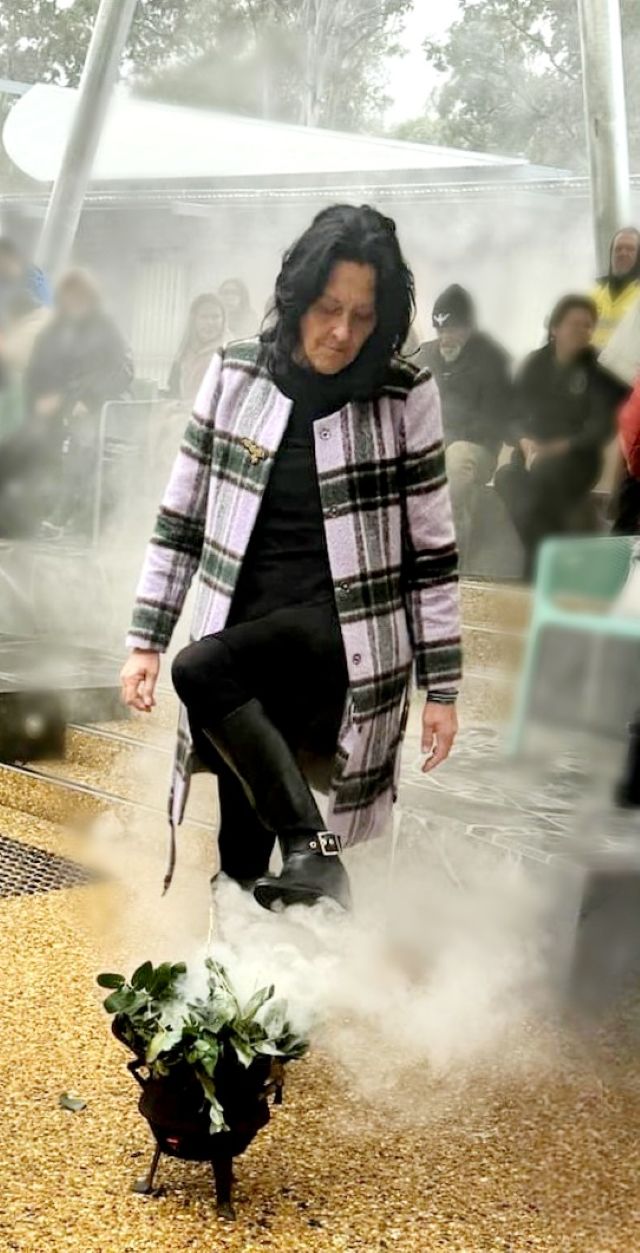IT’S been great weather for ducks, swans, spoonbills, and swamphens, but not for very much else.
And the wind nearly blew me to Tasmania one day.
Once again it’s been great to see so much water around after such a dry summer and autumn, so I think that the rain dance will soon be put on ice.
The highlight of my fortnight was to spot a male crested shrike-tit at Rice Nature Reserve, on Horseshoe Bend Road in Mt Duneed. I’d only seen this bird once before, in July 2012, so it was a long time between drinks.
I was fortunate to hear the bird before I saw it, and it had a most unusual call. The crested shrike-tit is a medium sized bird (about 15cm-19cm), with a black and white striped head and neck, a yellow belly, a small crest, a black throat, and a short heavy bill.
The crested shrike-tit is found in eucalypt forests and woodlands, and along rivers in drier areas. These birds strip the bark off the trees, searching for insects under the bark.
I received an email from David and Di who live in Woodlands. They have a common bronzewing nesting in a hanging flower basket located on their front verandah. There are two young chicks that seem to be thriving.
Common bronzewings belong to the pigeon family of birds. They are about 35cm in length, and are quite solidly built. The male has a yellow-white forehead and pink breast, and both sexes have a white line around the eye and patches of green, blue and red in the wing. They are really quite beautiful birds.
David and Di are also fortunate to have a tawny frogmouth nesting in their garden, so I look forward to seeing the offspring. How exciting.
I’ve been watching a few families of black swans in Breamlea Nature Reserve, and I must say that the cygnets are all doing very well. The swan parents are very nurturing and protective, just like the masked lapwing parents at the end of my street who guard their chicks with gestapo fury.
The masked lapwing family who breed on the old helipad grassed area at Geelong Hospital hatched five chicks last week – I think that is a record for this family. Like many creatures that live around here, the Lapwing family at the hospital will soon have to find a new home as the helipad is going to be converted into a car park.
I did spot a young grey butcherbird when I was driving around the Woodlands Estate.
Young grey butcherbirds resemble adults, but have black areas replaced with olive-brown. The young butcherbird I saw looked to still have some downy feathers on the undertail coverts.
I received an email from Kevin who sent a photo of a young pacific gull feeding on a quite large fish at the Barwon River estuary. The silver gulls were certainly not getting near the fish. Thanks Kevin for sending in the photo.
Hopefully there will be some migratory shorebirds in this area soon. I haven’t seen any as yet.
I also received an email from Richard from Wallington who filled in my missing gaps of knowledge about superb fairy wren plumage colours following my article in the last edition of ‘The Voice’. I spend way too much time looking at superb fairy wrens as they are just so beautiful.
Thanks so much for the emails, they are much appreciated.
For the first time in a long time a bird team did not win the AFL grand final. The wrong domestic mammal team won, but boy was it a magnificent victory.
If you are interested in any organised birdwatching activities, you can check out a calendar of events run by the Bellarine Birdlife Group at birdlife.org.au/locations/birdlife-bellarine-peninsula
– Jen Carr, Jennifer.carr6@bigpond.com
Well watered … and well spotted
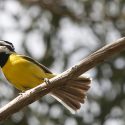
Digital Editions

-

My Place with Jonathan Homsey
Purchase this photo from Pic Store: 485072 Platform Arts has a new co-chief executive and artistic director by the name of Jonathan Homsey. He speaks…

